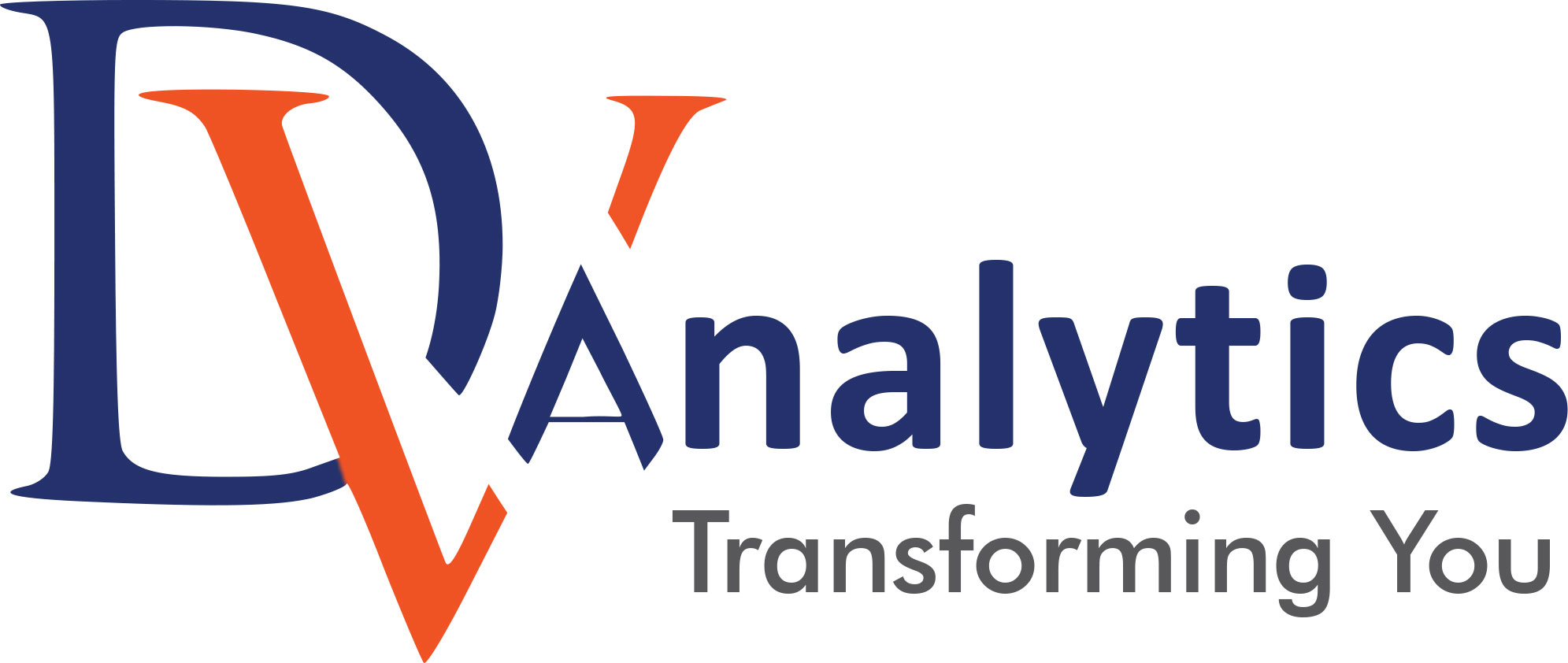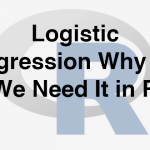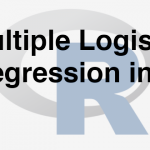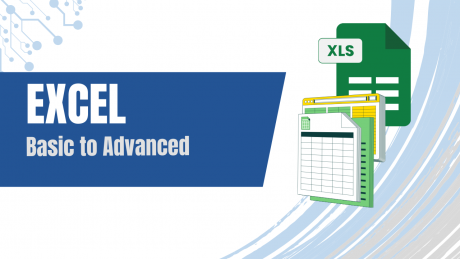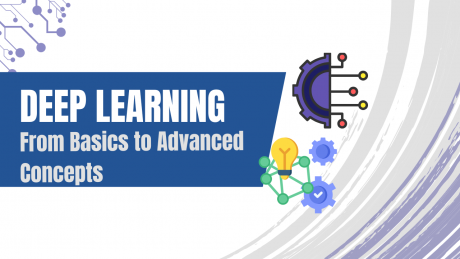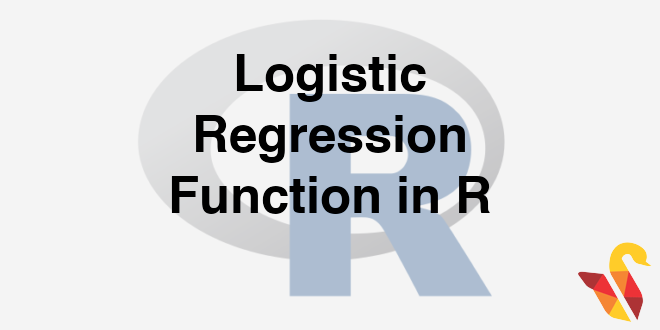
Logistic Regression Function
In previous section, we studied about Logistic Regression, why do we need it?
- Logistic regression models the logit of the outcome, instead of the outcome i.e. instead of winning or losing, we build a model for log odds of winning or losing
- Natural logarithm of the odds of the outcome
- ln(Probability of the outcome (p)/Probability of not having the outcome (1-p))
\[P(y|x) = \frac{e^{(\beta_0+ \beta_1X)}}{1+e^{($\beta_0+ \beta_1X)}}\]
Lab: Logistic Regression
-
- Import Dataset: Product Sales Data/Product_sales.csv
-
- Build a logistic Regression line between Age and buying
-
- A 25 years old customer, will he buy the product?
-
- If Age is 105 then will that customer buy the product?
-
- Draw a scatter plot between Age and Buy. Include both linear and logistic regression lines on the same chart.
Logistic Regression in R
-
- Import Dataset: Product Sales Data/Product_sales.csv
Product_sales<- read.csv("C:\\Amrita\\Datavedi\\Product Sales Data\\Product_sales.csv")-
- Build a logistic Regression line between Age and buying
prod_sales_Logit_model <- glm(Bought ~ Age,family=binomial(logit),data=Product_sales)
summary(prod_sales_Logit_model)##
## Call:
## glm(formula = Bought ~ Age, family = binomial(logit), data = Product_sales)
##
## Deviance Residuals:
## Min 1Q Median 3Q Max
## -3.6922 -0.1645 -0.0619 0.1246 3.5378
##
## Coefficients:
## Estimate Std. Error z value Pr(>|z|)
## (Intercept) -6.90975 0.72755 -9.497 <2e-16 ***
## Age 0.21786 0.02091 10.418 <2e-16 ***
## ---
## Signif. codes: 0 '***' 0.001 '**' 0.01 '*' 0.05 '.' 0.1 ' ' 1
##
## (Dispersion parameter for binomial family taken to be 1)
##
## Null deviance: 640.425 on 466 degrees of freedom
## Residual deviance: 95.015 on 465 degrees of freedom
## AIC: 99.015
##
## Number of Fisher Scoring iterations: 7-
- A 25 years old customer, will he buy the product?
new_data<-data.frame(Age=25)
predict(prod_sales_Logit_model,new_data,type="response")## 1
## 0.1879529-
- If Age is 105 then will that customer buy the product?
new_data<-data.frame(Age=105)
predict(prod_sales_Logit_model,new_data,type="response")## 1
## 0.9999999-
- Draw a scatter plot between Age and Buy. Include both linear and logistic regression lines on the same chart.
plot(Product_sales$Age,Product_sales$Bought,col = "blue")
curve(predict(prod_sales_Logit_model,data.frame(Age=x),type="resp"),add=TRUE)
abline(prod_sales_model, lwd = 5, col="red")The next post is about multiple logistic regression.
